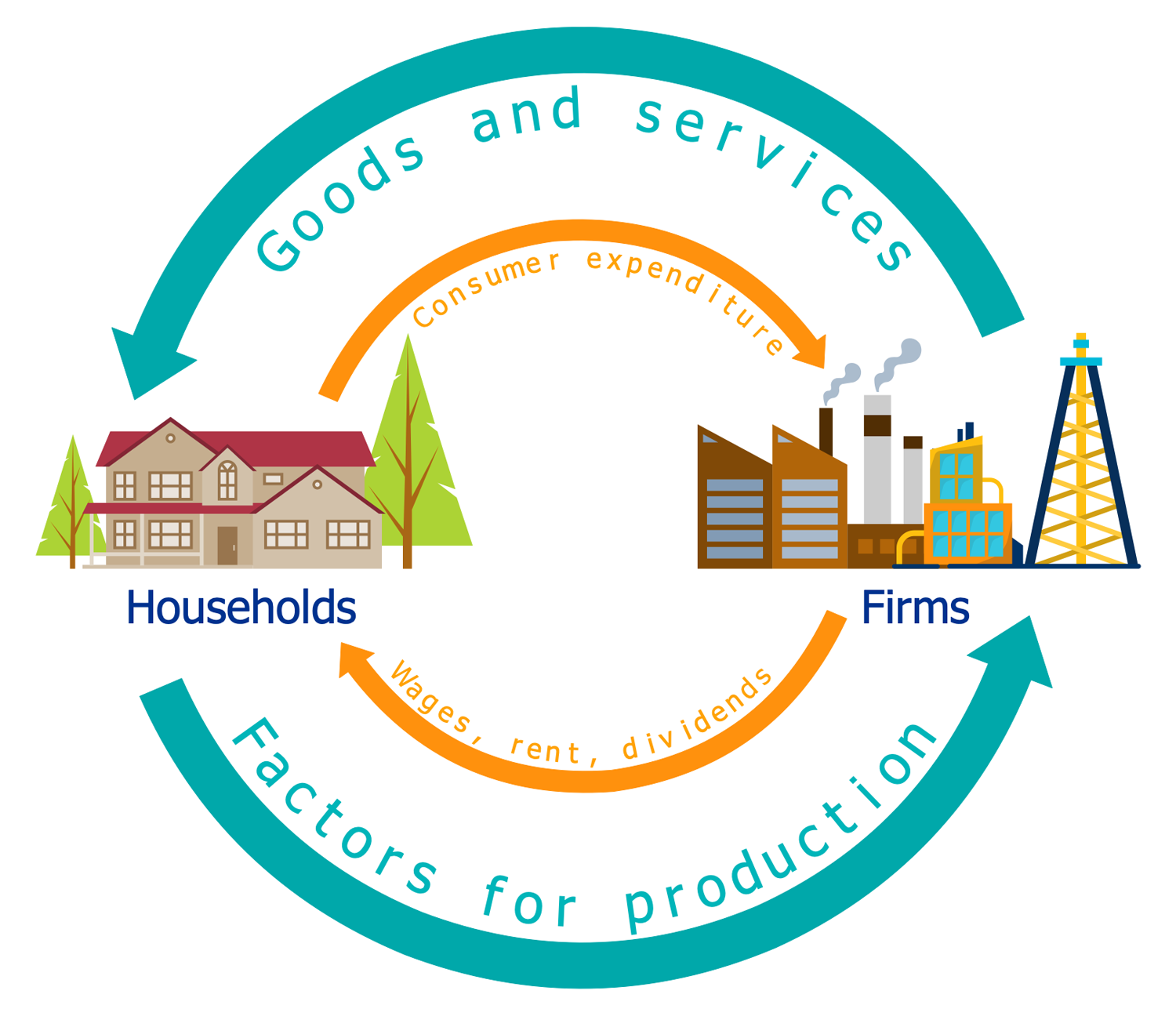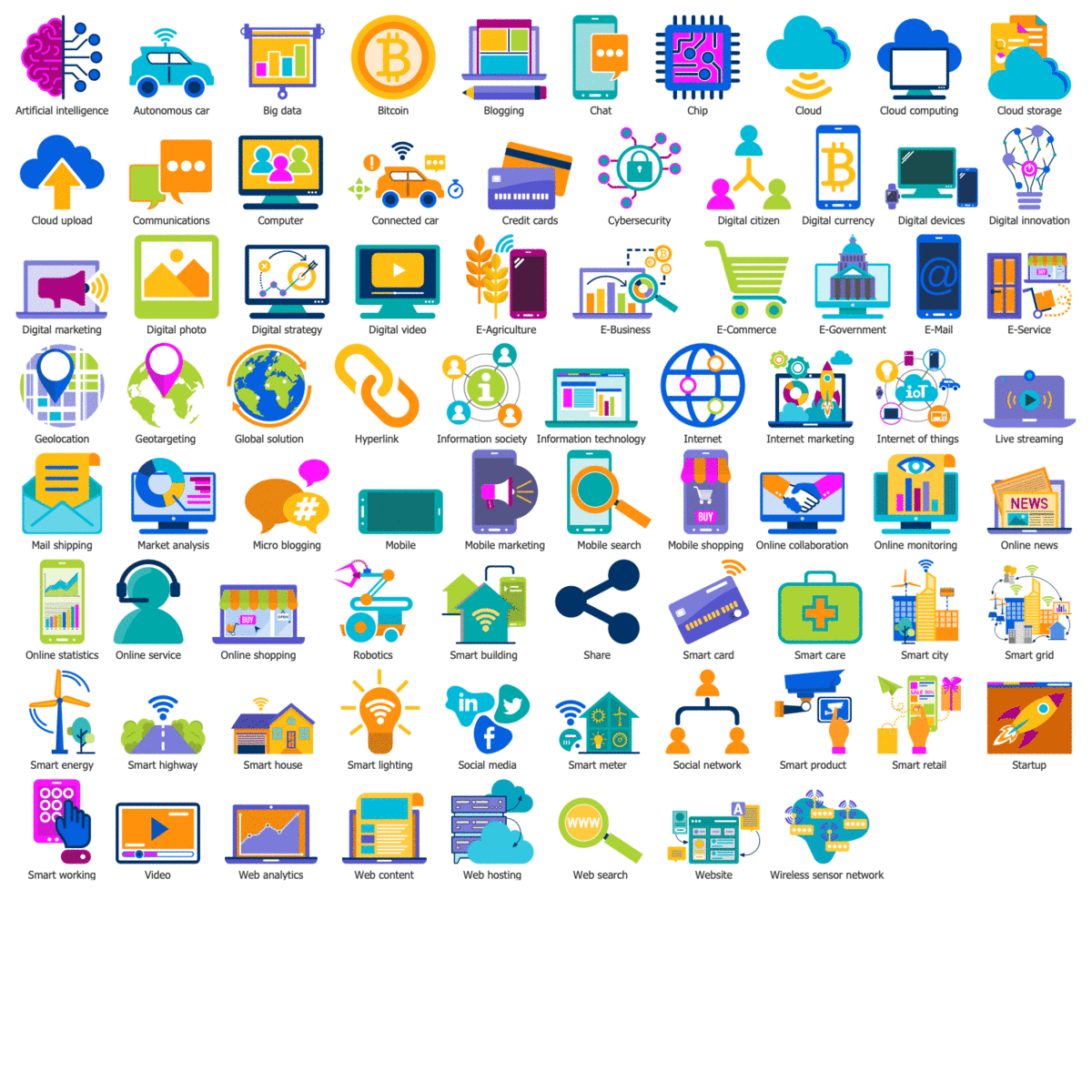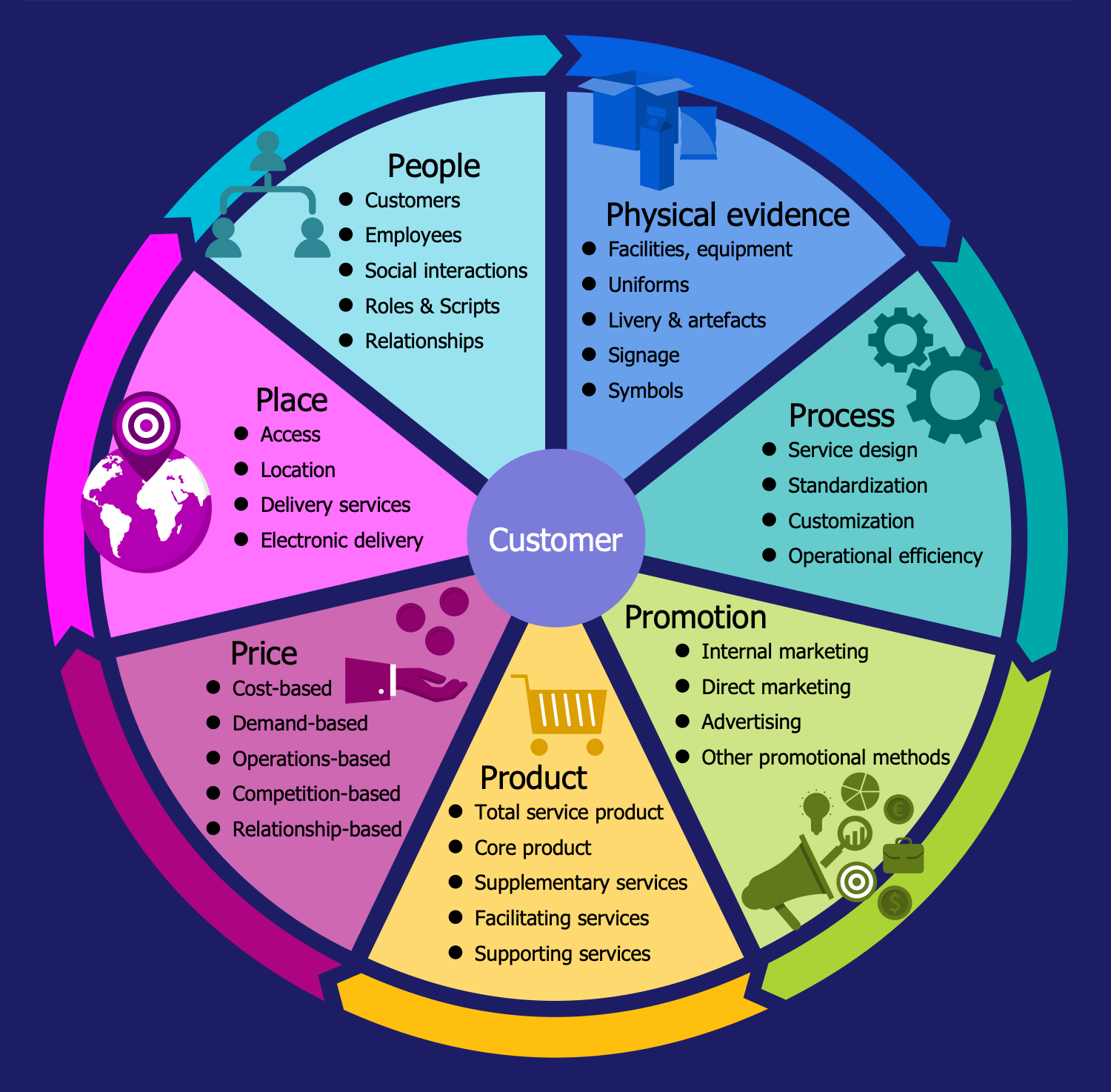Economic System
What Is the Basic Economic System?
An economic system is a system of allocation resources, production and distribution of goods and services by societies or governments within a given geographic area. It includes multiple components, entities, institutions, agencies, and decision-making processes. An economic system is a framework in which these entities and the separate individuals conduct business and trade with each other.
Decision-making structures determine the use of economic inputs, distribution of outputs, the level of centralization in decision-making and persons responsible for making these decisions (industrial councils, government agency, or private owners).
The main task for an economic system is to solve the fundamental economic problems like what kinds and quantities of goods should be produced, when and in what way, and how the output will be distributed.
What are the 4 Types of Economic Systems?
There are many types of economies around the world, they differ according to the country they are set and have both common and varied characteristics. But the main are the following four:
- traditional system,
- socialist system,
- capitalist system,
- mixed economy relying on aspects of both capitalist and socialist systems.
A traditional economic system is the most basic and ancient economic system relying on basic customs and traditions. It includes no involvement by the government. It depends on people and there is very little division of labor or specialization. A traditional economic system predominantly supposes bartering, the use of cash is almost non-existent. Life is simple and means for subsistence are the main driver for economic trades, not profit. Different economic advances like capital investment, technologies, property rights, and more are almost absent. However, it is a highly sustainable system due to its primitive nature. Communities sustain each other and only necessary products are produced, that's why the waste are absent or little. Today it is commonly met in rural settings in second and third world nations.
A socialism or communist system is a command economic system, the power is centralized to the government or a sole ruler. Central power owns the means of production, controls valuable resources like oil, gold and a significant part of the economic structure. All economic interactions concerning to the producing goods, their quantity and pricing are also regulated by a central power. It is a rigid economic system, vulnerable to economic crises or emergencies and slowly reacting to changes.
Capitalism is a market economic system based on the concept of free markets. The means of production are controlled and owned by private enterprises. Government involvement is almost absent. The government doesn't control resources and doesn't interfere with important segments of the economy. The production of goods and services is driven by supply, demand and competition. This contributes to substantial growth and development. But it has a significant disadvantage, it allows private entities to amass a lot of economic power and form monopolies. The distribution of resources is also inequitable, they are controlled by economically-succeed entities. This economic system is mostly theoretical and doesn't exists in a pure form.
A mixed economy is one of the prevalent forms of economic systems in the world. Most of Europe, the U.S., Japan use this system. It combines the best characteristics of the market and command economic systems, public and private ownership of industry. The market-based allocation is combined with economic planning and free markets with state interventionism. And the main task is to find the right balance, because as a rule government tends to exert much more control than it is necessary. Some industries mostly public services are controlled by the government, other ones are private ownerships.
What is an Examples of an Economic System?

Example 1. Economic System
ConceptDraw DIAGRAM software with the Economy Infographics solution is a professional all-in-one economy infographics design tool for everyone whether you are a beginner or a professional. It can be applied equally successfully for both personal use and in work with clients. Make fast and easy an overview of an economic system, economic activities, or more economic issues.
Example 2. Economy Infographics Solution - Libraries Design Objects
Economy Infographics solution includes 6 libraries with a large variety of vector design elements — digital economy and economy, heavy and light industries, and more. It also contains a collection of professional samples and examples. Due to the collaboration abilities of ConceptDraw DIAGRAM you can share your infographics with colleagues, collaborate effectively with all stakeholders via export / import and sharing email tools. You can even generate a PowerPoint presentation in one click.
Example 3. 7 Ps of Services Marketing
The infographics you see on this page were created in ConceptDraw DIAGRAM software using the Economy Infographics Solution and its pre-made pictograms and clipart. They successfully demonstrate the solution's capabilities and professional results you can achieve. An experienced user spent 10-15 minutes creating each of these samples.
Use the powerful tools of the Economy Infographics Solution for ConceptDraw DIAGRAM software to create your own infographics and diagrams of any complexity fast and easy, and then successfully use them in your work and personal activity.
All source documents are vector graphic documents. They are available for reviewing, modifying, or converting to a variety of formats (PDF file, MS PowerPoint, MS Visio, and many more graphic formats) from the ConceptDraw STORE. The Economy Infographics Solution is available for all ConceptDraw DIAGRAM users.

